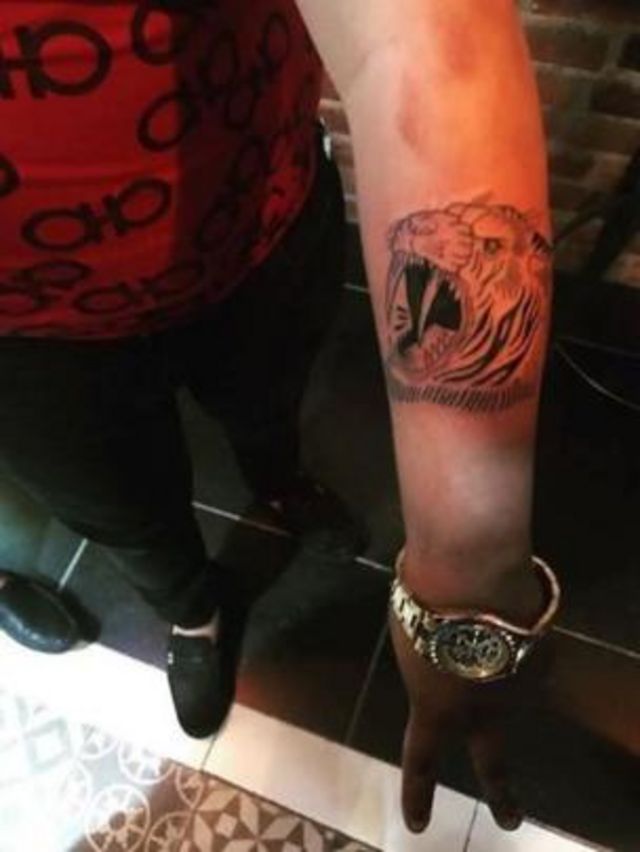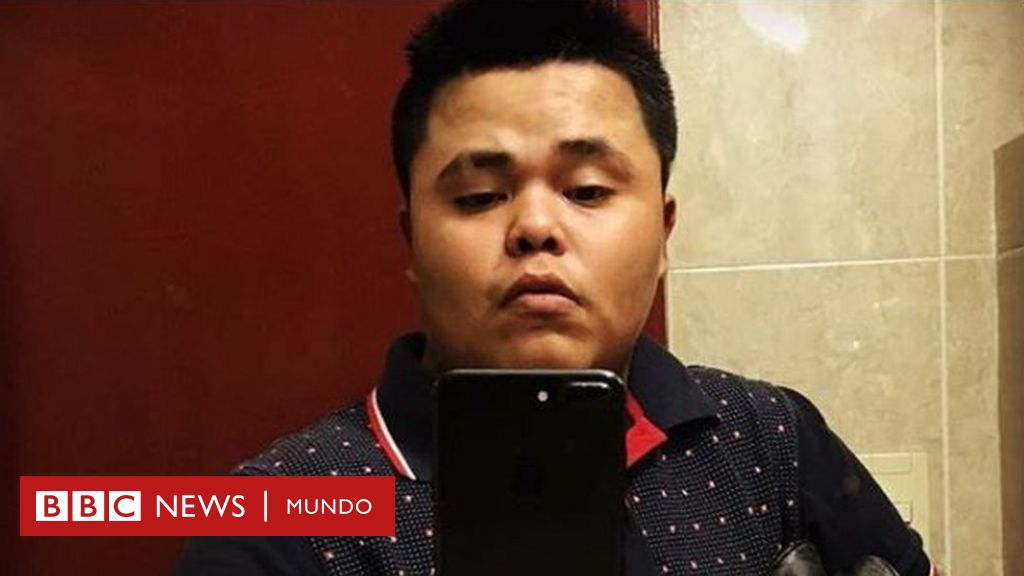You’ve probably heard about El Pirata de Culiacan, the infamous figure whose story has taken social media by storm. The name alone sparks curiosity, and the recent attention on his "death pictures" has only fueled the fire. But what’s the real story behind this viral sensation? Why does it matter? And why should we care? Let’s dive in.
Let’s be real here, folks. The internet loves a good mystery, especially when it involves someone as notorious as El Pirata de Culiacan. His rise to fame—or infamy—wasn’t just about his actions. It was about the way his story unfolded, capturing the imagination of millions. But when it comes to his death pictures, the conversation gets even more intense. People are buzzing, and everyone’s got an opinion.
This isn’t just another clickbait story. It’s a deep dive into the life, legacy, and controversies surrounding El Pirata de Culiacan. We’ll explore everything from his origins to the impact of his death pictures on society. By the end of this, you’ll have a clearer understanding of why this topic matters so much—and maybe even rethink how you consume these kinds of stories.
Read also:Royal Baby Number 4 Announcement The Buzz Around The Bbc
Table of Contents
- Biography: Who Was El Pirata de Culiacan?
- El Pirata de Culiacan Death Pictures: The Controversy
- Why Did the Death Pictures Go Viral?
- The Social Impact of Sensational Content
- Legal Issues Surrounding the Death Pictures
- Ethical Dilemmas in Sharing Such Content
- The Role of Media in Amplifying the Story
- Public Reaction: What People Are Saying
- Preventive Measures Against Viral Sensationalism
- Conclusion: Rethinking How We Engage With Content
Biography: Who Was El Pirata de Culiacan?
Early Life and Rise to Fame
Before we get into the nitty-gritty of the death pictures, let’s take a step back and talk about the man himself. El Pirata de Culiacan, whose real name is José Antonio Torres Félix, was born in Culiacán, Sinaloa, Mexico. He wasn’t your typical criminal. Sure, he was involved in some serious stuff, but his charisma and charm made him a folk hero to many.
Growing up in Culiacán, a city known for its ties to drug cartels, El Pirata found himself entangled in a world of crime at a young age. But it wasn’t just about the drugs. He became a symbol of resistance, a figure who stood up against the powerful cartels. His music, which often glorified his lifestyle, resonated with millions across Mexico and beyond.
Here’s a quick look at his personal details:
| Full Name | José Antonio Torres Félix |
|---|---|
| Alias | El Pirata de Culiacan |
| Birthplace | Culiacán, Sinaloa, Mexico |
| Occupation | Narcocorrido Singer |
| Known For | His music and defiance against cartels |
El Pirata de Culiacan Death Pictures: The Controversy
Now, let’s talk about the elephant in the room—the death pictures. After El Pirata’s tragic demise, images of his body began circulating online. These pictures weren’t just shared by a few people; they went viral, sparking a massive debate about the ethics of sharing such content.
Some argue that the death pictures are a form of justice, a reminder of the consequences of a life filled with crime. Others believe that sharing these images is disrespectful and exploitative. The truth? It’s probably somewhere in the middle.
How the Pictures Spread
It all started with a few screenshots on social media. Platforms like Twitter and Instagram were flooded with the images, and before anyone could blink, they were everywhere. The speed at which the pictures spread was alarming, and it raised questions about the role of technology in amplifying sensitive content.
Read also:Tony Hinchcliffe Siblings A Closer Look At The Family Behind The Iconic Career
Why Did the Death Pictures Go Viral?
Let’s face it, folks. We live in a world where sensational content gets more attention than anything else. The death pictures of El Pirata de Culiacan were no exception. Here’s why they caught fire:
- **Curiosity:** People are naturally drawn to dramatic stories, especially when they involve famous figures.
- **Social Proof:** When everyone’s talking about something, it’s hard not to join the conversation.
- **Emotional Impact:** The images were shocking, and they evoked strong reactions, which only fueled the sharing frenzy.
The Social Impact of Sensational Content
The spread of the death pictures wasn’t just about clicks and shares. It had real-world consequences. For one, it reignited discussions about the glorification of violence in media. It also highlighted the need for better regulation of sensitive content online.
Studies have shown that exposure to violent imagery can have lasting effects on mental health. So, while the death pictures might have been intriguing, they also posed risks to those who viewed them.
Legal Issues Surrounding the Death Pictures
Let’s talk about the law for a sec. Sharing death pictures without consent is illegal in many jurisdictions. In Mexico, for example, there are strict regulations about how such content can be handled. Despite this, the images of El Pirata de Culiacan were shared freely, raising questions about enforcement and accountability.
Legal experts argue that platforms need to do more to prevent the spread of harmful content. But the challenge lies in balancing freedom of expression with the need to protect individuals’ rights.
Ethical Dilemmas in Sharing Such Content
Beyond the legal issues, there’s an ethical dimension to consider. Is it right to share images of someone’s death, regardless of their past actions? Many would say no. Respect for the deceased and their families should always come first.
But the internet doesn’t always play by the rules. In a world where clicks equal revenue, ethical considerations often take a backseat. It’s up to us, as consumers, to demand better from the platforms we use.
The Role of Media in Amplifying the Story
Media outlets played a significant role in spreading the story of El Pirata de Culiacan’s death pictures. Some reported responsibly, focusing on the facts and avoiding graphic content. Others, unfortunately, sensationalized the story, prioritizing clicks over integrity.
Journalists and content creators have a responsibility to report accurately and ethically. When they fail to do so, it undermines trust and perpetuates harmful narratives.
Public Reaction: What People Are Saying
So, what do the people think? Social media is a great place to gauge public sentiment, and reactions to the death pictures have been mixed. Some users expressed outrage at the way the images were shared, while others defended the right to know the truth.
One thing’s for sure: the conversation isn’t going away anytime soon. As more cases like this emerge, it’s crucial that we engage in thoughtful discussions about how we consume and share content.
Preventive Measures Against Viral Sensationalism
What can we do to prevent similar incidents in the future? Here are a few suggestions:
- **Education:** Teach people about the impact of sharing sensitive content.
- **Platform Responsibility:** Encourage tech companies to enforce stricter guidelines.
- **Community Engagement:** Foster discussions about media literacy and ethical consumption.
Conclusion: Rethinking How We Engage With Content
El Pirata de Culiacan’s death pictures were more than just a viral sensation. They were a wake-up call about the way we consume and share information online. As we move forward, it’s essential that we approach sensitive topics with care and respect.
So, what’s next? It’s up to us to demand better from ourselves and the platforms we use. Whether it’s through education, regulation, or community engagement, we can make a difference. And who knows? Maybe the next time a story like this comes along, we’ll handle it with the maturity and empathy it deserves.
What do you think? Drop a comment below and let’s keep the conversation going. And don’t forget to share this article with your friends—it might just make them think twice before hitting that share button.



